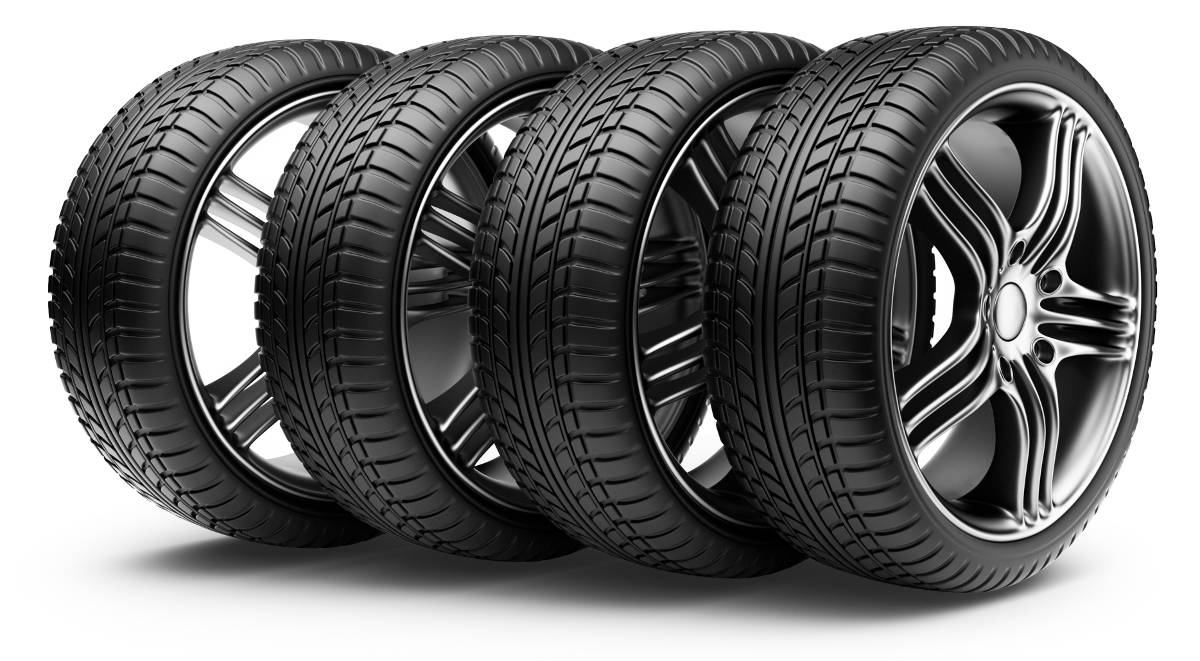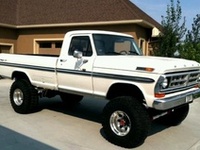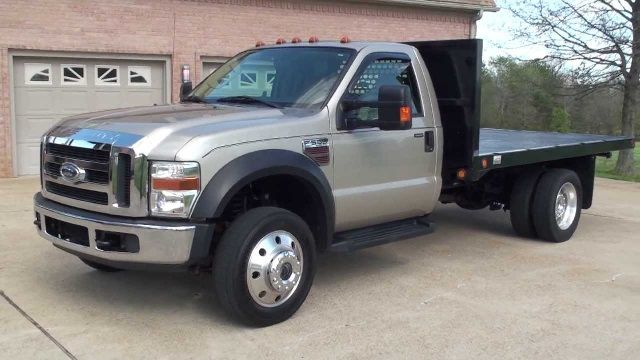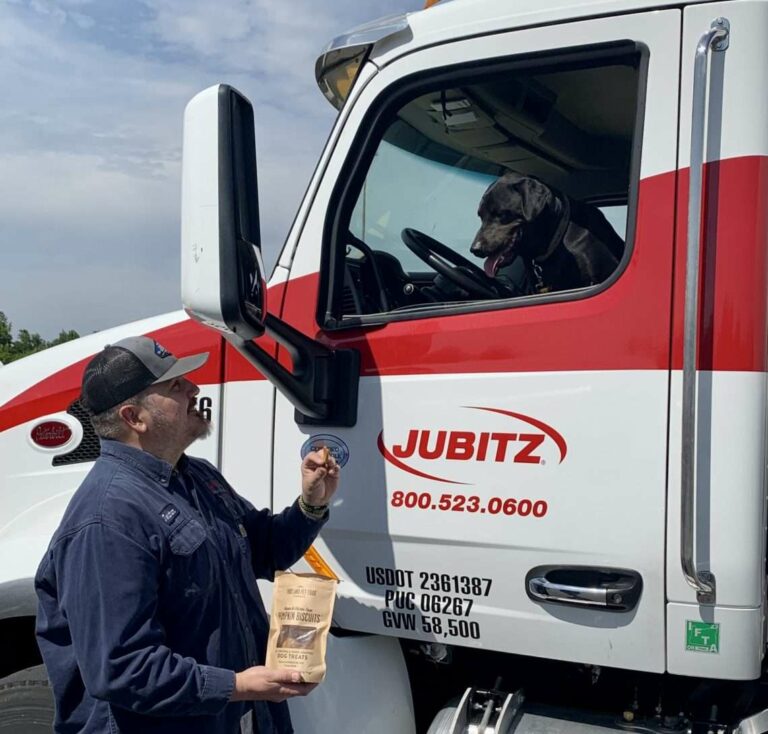Tires For Trucks For Sale: A Comprehensive Guide to Buying, Maintaining, and Maximizing Your Investment
Tires For Trucks For Sale: A Comprehensive Guide to Buying, Maintaining, and Maximizing Your Investment cars.truckstrend.com
The roar of a truck engine, the sheer power it commands, and the vital role it plays in our economy all rest on one fundamental component: its tires. Far from being mere black circles, truck tires are sophisticated pieces of engineering, designed to bear immense loads, withstand punishing conditions, and deliver optimal performance across diverse terrains and distances. For anyone in the trucking industry – whether you operate a single rig, manage a large fleet, or are simply looking to replace a set – understanding the nuances of Tires For Trucks For Sale is not just beneficial; it’s essential for safety, efficiency, and ultimately, profitability.
This comprehensive guide will navigate the complex world of truck tires, offering insights into types, key purchasing considerations, where to find the best deals, and how to maintain your investment for maximum longevity and performance.
Tires For Trucks For Sale: A Comprehensive Guide to Buying, Maintaining, and Maximizing Your Investment
Understanding the Anatomy of Truck Tires
Before diving into the buying process, it’s crucial to understand the different categories of truck tires and their specific applications. Unlike passenger car tires, truck tires are highly specialized, designed for specific axle positions and operational demands.
A. Types by Axle Position:
- Steer Tires (Front Axle): These tires are designed for precise handling, excellent directional stability, and efficient water dispersion. They typically feature a ribbed or straight-groove tread pattern that promotes even wear and low rolling resistance. Heat dissipation is also critical for steer tires, as they bear the brunt of steering forces.
- Drive Tires (Drive Axles): Located on the axles that transmit power from the engine, drive tires are engineered for maximum traction and propulsion. They usually feature aggressive, lug-type tread patterns with deep grooves to grip the road, especially in adverse conditions. The design prioritizes pulling power and resistance to slippage.
- Trailer Tires (Trailer Axles): These tires primarily focus on carrying heavy loads and minimizing rolling resistance. They are not powered and therefore require less aggressive tread patterns, often similar to steer tires with robust shoulder designs. Durability, heat resistance, and fuel efficiency are key attributes for trailer tires, as they typically cover vast distances with varying loads.
- All-Position Tires: As the name suggests, these tires are versatile and can be used on any axle position. While offering flexibility, they often represent a compromise in performance compared to dedicated steer, drive, or trailer tires. They are typically used in applications where tire rotation between positions is common or where a fleet seeks simplicity in inventory.

B. Specialty Applications:
Beyond axle-specific designs, truck tires are also tailored for specialized environments:
- Off-Road/Construction Tires: Featuring extremely deep, aggressive block patterns, these tires provide superior traction in soft, muddy, or uneven terrain. They are built with reinforced sidewalls to resist punctures and cuts.
- All-Weather/Winter Tires: Identified by the "3PMSF" (Three-Peak Mountain Snowflake) symbol, these tires offer enhanced grip in snow and ice, often using specialized rubber compounds that remain flexible in cold temperatures.
- Low-Profile/Super Singles: These tires offer advantages in weight reduction and fuel efficiency. Super singles replace dual tires on an axle, reducing tire count and potentially improving aerodynamics, though they may require specific suspension setups.
Key Considerations When Shopping for Truck Tires
Navigating the market for Tires For Trucks For Sale requires a strategic approach. Making the right choice involves balancing immediate costs with long-term performance and safety.

A. Vehicle Application & Operational Needs:
The most crucial factor is understanding your truck’s primary use.
- Long Haul: Prioritize fuel efficiency, low rolling resistance, and long mileage.
- Regional Haul: Balance fuel efficiency with better traction for varied road conditions and more frequent stops.
- Urban/Local Delivery: Focus on durability, resistance to curbing, and good maneuverability.
- Construction/Off-Road: Maximize traction, cut resistance, and load-carrying capacity in harsh environments.
- Load Capacity: Always match the tire’s load index and ply rating to the maximum weight your truck will carry. Overloading is a significant safety hazard and will drastically reduce tire life.
B. Deciphering Tire Specifications:
The sidewall of a truck tire is a treasure trove of information. Understanding these markings is vital:
- Size (e.g., 295/75R22.5):
295: Section width in millimeters.75: Aspect ratio (sidewall height as a percentage of width).R: Radial construction (most common).22.5: Rim diameter in inches.
- Load Range/Ply Rating (e.g., G, H, J): Indicates the tire’s strength and maximum load capacity at a specific inflation pressure. Higher letters (e.g., J) denote higher load capacities.
- Speed Rating: The maximum speed at which the tire can safely carry its rated load.
- DOT Date Code: A four-digit code (e.g., 1523) indicating the week and year of manufacture (15th week of 2023). Tires degrade over time, even if unused, so newer tires are generally preferred.
C. New vs. Retread Tires:
- New Tires: Offer full original tread depth, manufacturer warranty, and the latest technology in compounds and designs. They come at a premium price.
- Retread Tires: Involve applying a new tread to a used, but structurally sound, tire casing (casing). Retreads are significantly more economical (30-50% less than new) and environmentally friendly. Modern retreading processes are highly advanced, making them safe and reliable for many applications, especially on drive and trailer axles. However, casing integrity is paramount, and quality varies between retreaders.
D. Tread Patterns & Compounds:
- Tread Pattern: Influences traction, fuel efficiency, noise, and wear. Rib patterns are good for steer axles, lug patterns for drive axles, and block patterns for all-position or off-road use.
- Rubber Compound: The specific blend of rubber and additives determines factors like mileage, grip (wet/dry), rolling resistance, and resistance to chipping or tearing. Different compounds are optimized for various applications.
E. Brand Reputation & Warranty:
Investing in reputable brands like Michelin, Goodyear, Bridgestone, Continental, Pirelli, Yokohama, Hankook, Cooper, and Toyo often means better R&D, consistent quality, and stronger warranties. A good warranty can protect your investment against manufacturing defects or premature wear.
F. Budget vs. Total Cost of Ownership (TCO):
While initial purchase price is a factor, consider the Total Cost of Ownership. A cheaper tire might wear out faster, offer poorer fuel economy, or be more prone to failure, costing you more in the long run due to downtime, repairs, or replacements. High-quality tires often provide a better return on investment through extended life, improved fuel efficiency, and reduced maintenance.
Where to Find Tires For Trucks For Sale
The market for truck tires is vast, offering several avenues for purchase:
- Authorized Dealerships & Service Centers: Often offer manufacturer-specific tires, expert advice, and professional installation services. They might have competitive pricing for fleet accounts.
- Specialized Tire Retailers: Large chains and independent tire shops focus exclusively on tires. They typically offer a wide range of brands and types, often with competitive pricing and installation services.
- Online Marketplaces: Websites specializing in truck tires can offer convenience and sometimes lower prices due to reduced overhead. Be sure to factor in shipping costs and identify local installers if the site doesn’t offer installation.
- Wholesale Distributors: If you’re buying in bulk for a fleet, direct wholesale purchases can offer significant discounts.
- Used Tire Dealers: While tempting due to low prices, purchasing used truck tires carries significant risks. Always thoroughly inspect for hidden damage, uneven wear, or old date codes. For critical applications, new or high-quality retreads are always recommended.
Practical Advice: Maximizing Your Tire Investment
Purchasing the right tires is only half the battle; proper maintenance is key to maximizing their lifespan and performance.
A. Pre-Purchase Checks:
- DOT Date Code: Always check the date code. Tires older than 5-7 years, even if unused, may have degraded rubber compounds.
- Visual Inspection: Look for any signs of damage, cracks, bulges, or uneven wear if buying used or retreaded tires.
B. Professional Installation & Alignment:
- Balancing: Properly balanced tires prevent vibrations, improve ride comfort, and ensure even wear.
- Alignment: Correct wheel alignment is crucial for preventing irregular tire wear and ensuring proper handling. Misalignment can drastically reduce tire life.
C. Ongoing Maintenance is Key:
- Correct Inflation Pressure: This is the single most important factor in tire longevity and fuel efficiency. Under-inflation leads to excessive heat buildup, increased rolling resistance, and premature wear on the shoulders. Over-inflation can cause irregular wear in the center of the tread and reduce shock absorption. Use a reliable tire pressure gauge and check pressures regularly, especially before long hauls. Many modern trucks use Tire Pressure Monitoring Systems (TPMS).
- Regular Inspections: Daily pre-trip inspections should include checking for cuts, punctures, bulges, embedded objects, and uneven wear patterns. Catching problems early can prevent costly blowouts or extensive damage.
- Rotation & Balancing: While not as common for all truck tire positions as with passenger cars, rotating drive tires or ensuring proper balancing can help distribute wear evenly.
- Tread Depth Measurement: Use a tread depth gauge to monitor wear. Most jurisdictions have minimum legal tread depths. Replacing tires before they reach this limit is crucial for safety, especially in wet conditions.
- Proper Storage: If storing spare tires or seasonal tires, keep them in a cool, dry place away from direct sunlight and chemicals that can degrade rubber.
Estimated Price Range for Common Truck Tires
It’s important to note that actual prices for Tires For Trucks For Sale can vary significantly based on brand, specific model, size, load range, market conditions, and regional pricing. The table below provides estimated ranges for common truck tire types to give you a general idea.
| Tire Type | Typical Size Range (Inches) | Estimated New Price Range (USD) | Estimated Retread Price Range (USD) | Key Benefit |
|---|---|---|---|---|
| Steer Tires | 22.5" (e.g., 295/75R22.5) | $350 – $600 | Not typically retreaded on steer | Precise handling, even wear, fuel efficiency |
| Drive Tires | 22.5" (e.g., 11R22.5) | $300 – $550 | $180 – $350 | Maximum traction, pulling power, long mileage |
| Trailer Tires | 22.5" (e.g., 255/70R22.5) | $280 – $500 | $150 – $300 | Load carrying, low rolling resistance, durability |
| All-Position | 22.5" (e.g., 11R22.5) | $300 – $500 | $170 – $320 | Versatility, inventory simplification |
| Specialty (Off-Road) | 22.5" (e.g., 12R22.5) | $450 – $800+ | $250 – $450 | Aggressive traction, cut resistance |
Disclaimer: These are approximate price ranges and are subject to change based on brand, specific features, retailer, promotions, and market dynamics.
Frequently Asked Questions (FAQ)
Q1: How often should truck tires be replaced?
A1: There’s no fixed mileage. Replacement depends on tread depth (legal minimums vary but typically 2/32" for steer, 4/32" for drive/trailer), visible damage (cuts, bulges, cracks), and age (most manufacturers recommend replacing tires after 5-7 years, regardless of tread, due to rubber degradation).
Q2: Are retread tires safe for all applications?
A2: Modern retreads are highly safe and reliable for many applications, especially on drive and trailer axles. They are less commonly used on steer axles due to the critical nature of steering, though some fleets do use them. The safety depends heavily on the quality of the casing used and the retreading process. Reputable retreaders adhere to strict industry standards.
Q3: Can I mix tire brands/types on my truck?
A3: It’s generally recommended to use the same brand and model of tire across an axle for optimal performance and even wear. Mixing different tread patterns or constructions on the same axle can lead to irregular wear, handling issues, and reduced tire life. While you can mix brands between different axles (e.g., one brand on steer, another on drive), consistency is always best.
Q4: What’s the ideal tire pressure for my truck?
A4: The ideal tire pressure is specified by the tire manufacturer for each specific tire size and load range. Always refer to the tire sidewall for maximum inflation pressure and the truck’s placard for recommended operating pressures based on axle weight. Over- or under-inflation can severely impact tire life, fuel efficiency, and safety.
Q5: What do the numbers and letters on the sidewall mean?
A5: The sidewall contains critical information. For example, 295/75R22.5 144/141L G:
295/75R22.5: Tire size (width, aspect ratio, construction, rim diameter).144/141: Load index (maximum load per tire, single/dual configuration).L: Speed rating (maximum safe speed).G: Load Range/Ply Rating (strength and capacity).DOT ####: Date of manufacture (e.g., 1523 for 15th week of 2023).
Conclusion: Driving Forward with Confidence
The tires on your truck are a critical investment, directly impacting safety, operational efficiency, and your bottom line. By taking the time to understand the different types of Tires For Trucks For Sale, carefully considering your specific application and needs, and committing to diligent maintenance, you can significantly extend tire life, reduce operating costs, and ensure your fleet remains productive and safe on the road. Making informed decisions about your truck tires isn’t just about purchasing a product; it’s about investing in the reliability and success of your entire operation. Drive forward with confidence, knowing your tires are built for the long haul.






